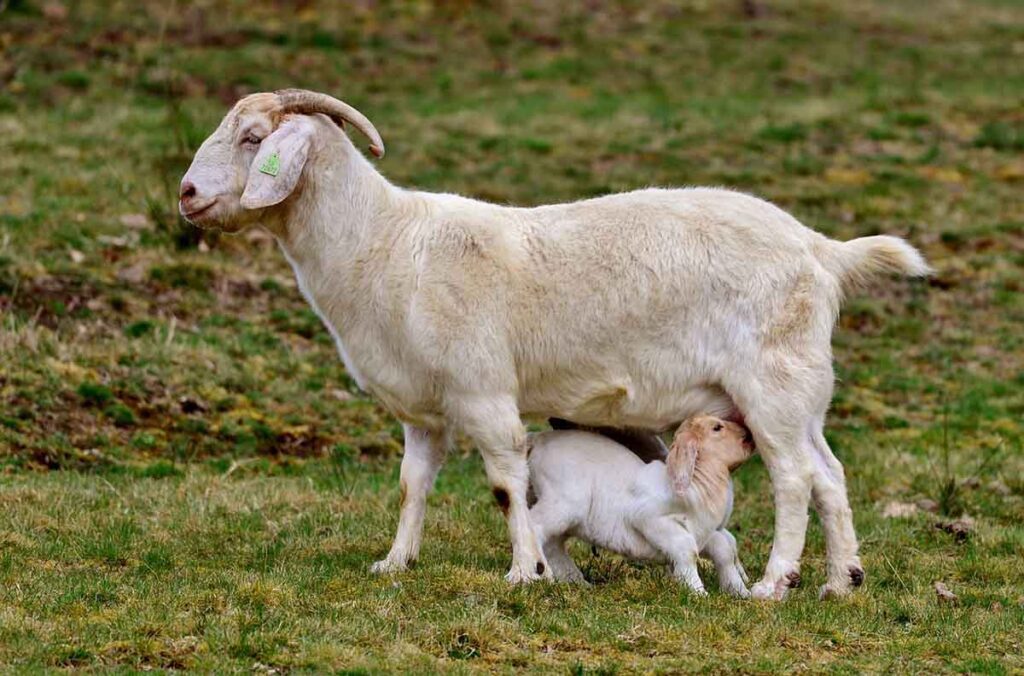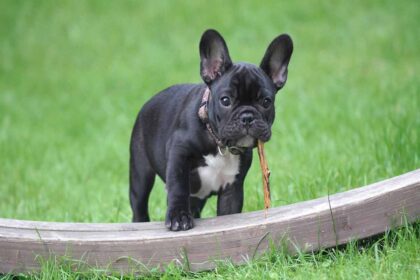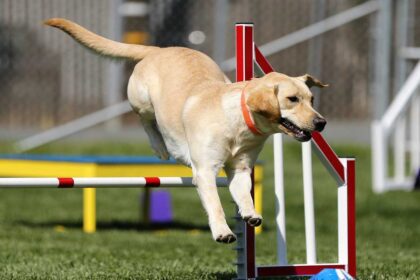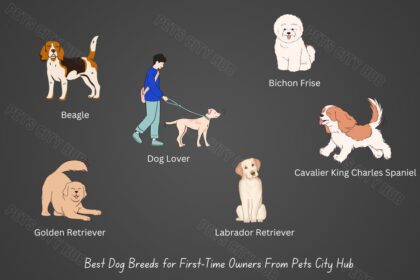Ever considered raising goats? These fun intriguing animals can be a real pleasure if you decide to add them to your home-place. On the other hand, it can be challenging to handle such a spirit. An individual who feels the urge to do it his own way does not make any compromise. This vital manual will teach you all that you should know about the loopy life of goats and will enable you to handle the daily challenges involved.
With body language interpretation being one of the aspects that distinguish humans from goats, this step-by-step resource will enable you to earn the fealty and thoroughly look after your goats. Let’s go on a trip to find simple steps that can be done with a goat in a respectful and easy manner.
Understanding Goats
Goats are social creatures with a unique way of communicating. To become a confident goat handler, understanding their behavior and vocalizations is key. Their body language is quite expressive. A relaxed goat will have drooped ears and a loose lower lip, while a raised tail and stamping feet might indicate irritation or impatience.
Headbutting can establish dominance or be playful depending on the context. Vocalizations are just as important in livestock communication. Goats bleat to communicate with each other, with different bleats expressing hunger, contentment, or fear, which is a critical aspect of effective goat handling. Learning to “read” these signs will help you anticipate your goat’s needs and ensure a smooth, stress-free handling experience.
Safe Handling Practices
Ensuring your goat feels safe is paramount for successful handling. First impressions matter, so a calm and gentle approach is key. Let the goat see and sniff you before making any sudden movements. Familiarize your goat with routine handling procedures like milking or hoof trimming. Consistency builds trust and reduces stress.
When handling is necessary, prioritize a calm environment and avoid loud noises or erratic movements. Offer positive reinforcement with treats or verbal praise to create a positive association with handling, a technique crucial in farm animal care. By following these steps and employing effective goat handling techniques, you can minimize stress for both you and your goat.
Husbandry and Care
The care and keeping of goat is best made. The goat must be gently urged to be healthy, a principle that aligns with the farm’s ethos of minimizing stress through compassionate catch and handling strategies. Regular intake of recommended food should be the way to go, and fresh hay should be the staple of the diet for goats on a farm. Trim herds by culling boars that are sick, old or handicapped, so the rest will be able to survive at a lesser feed budget. During bad times, add hay and a small amount of grain to their diet to ensure the livestock maintains good health.
Fresh, clear water resources have got to be always accessible for the livestock every moment of the day. Let your goat feel safe and sheltered by constructing a solid den that keeps it out of the aggressive weather elements. The shelter must be appropriately ventilated and have a bedding of dry straw so that they can stay cozy during their overnight stay.
Routine care can be seen as very simple by feeding the goat fresh food and water, daily replacing soiled bedding to prevent hygiene issues, and checking the goat’s health on an ongoing basis to detect any signs of illness or injuries that require assistance. Such steps to proper care of your goat are designed to provide your animal a high quality of life and allow you to become a devoted goat parent.
Essential Handling Skills
Trimming Hooves Safely and Effectively: Regardless of the type of hoof keeping they have, the hooves should be trimmed regularly to ensure their well-being and movement. The safety of both you and your animal is of utmost importance so learning hoof trimming skills using sharp scissors is of paramount importance to prevent accidental cuts. A halter or a restraint system must be used to get your goat for the purpose of safe trimming.
Basic Restraint Methods for Livestock Handling: Hence knowing the right methods of tying your goat safely is necessary for various procedures like hoof trimming and dosing patients with drugs. Some techniques may include using a halter and lead or a helper who is specially trained to take control of the head and upper body ent. Bear this in mind; maintain as much calmness as possible and ensure there is as least as possible stress being evoked during restraints.
Milking Procedures (if applicable): Milking is a procedure that requires a particular set of skills to end up with milk of good quality and calm goats’ state of mind, showcasing the nuance of skilled goat handling. Make sure that you understand the bones of proper milking: hygiene of the udder, hand milking, and so on, in case of milking machine usage (if necessary). The session towards the success of milking will always require cleaning and relaxing conditions accordingly.
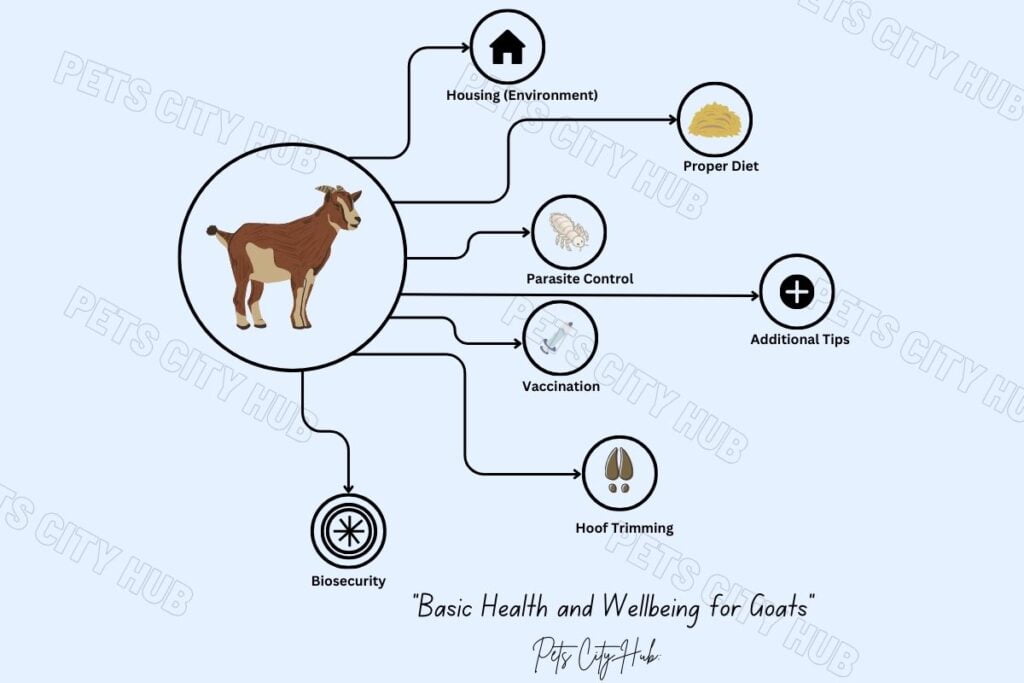
Designing for Goat Wellbeing
Designing your goat’s environment with the optimization of their well-being is a factor in how smoothly they can be handled and thus aromatize their health. The most important knowledge is about the flight zone of every goat which refers to the personal space that they feel comfortable with This area becomes a sanctuary when human presence is shown respect, thus keeping animals calm as they hardly escape.
The handling facilities should equally have a smooth surface and space enough to accommodate those animals that require much-needed attention, including appropriate gates to manage movement. It should be unfeasible for any animal to escape their enclosure, therefore this should be a priority. A good, durable fence without PR holes allows you to keep the turkeys and stop outside attacks; the roomy pen is the pet’s paradise. Don’t forget enrichment
Advanced Handling Techniques
As you progress with handling goats, try using artful approaches. Leverage treats and scratches as an incentive for reinforcing desirable behaviors throughout training to facilitate hassle-free handling of the dog, embodying the philosophy to work smarter, not harder. Safely hanging up and getting along the ramps and chutes by understanding how to utilize them properly, is essential. Prepare beforehand to acquaint your goats and consequently eliminate any post-exhibition distress.
The last piece of advice is to rehearse emergencies. Promote the simple first-aid of common goat ailments and have a plan for managing the circumstances like a weak or wounded goat. With a thorough knowledge of these advanced of practices, you will be prepared to deal with any case that might occur, and thus your stocks of goats will be well-being maintained.
Maintaining Goat Health
Vigilance is, therefore, a key factor in ensuring the health of your goat. Develop the ability to recognize illness symptoms such as a decrease in appetite, lethargy, or unusual five-color cream. Moreover, basic first-aid for little bleedings is pertinent but be sure to speak to a veterinarian for any kind of concerns.
Regular round-ups and vaccinations are the keys to preventing pandemics. Through the application of preventive care and prompt detection and intervention, you’ll be in a position to ensure that your goats enjoy a quality of life free from related fears, an essential aspect of livestock management.


